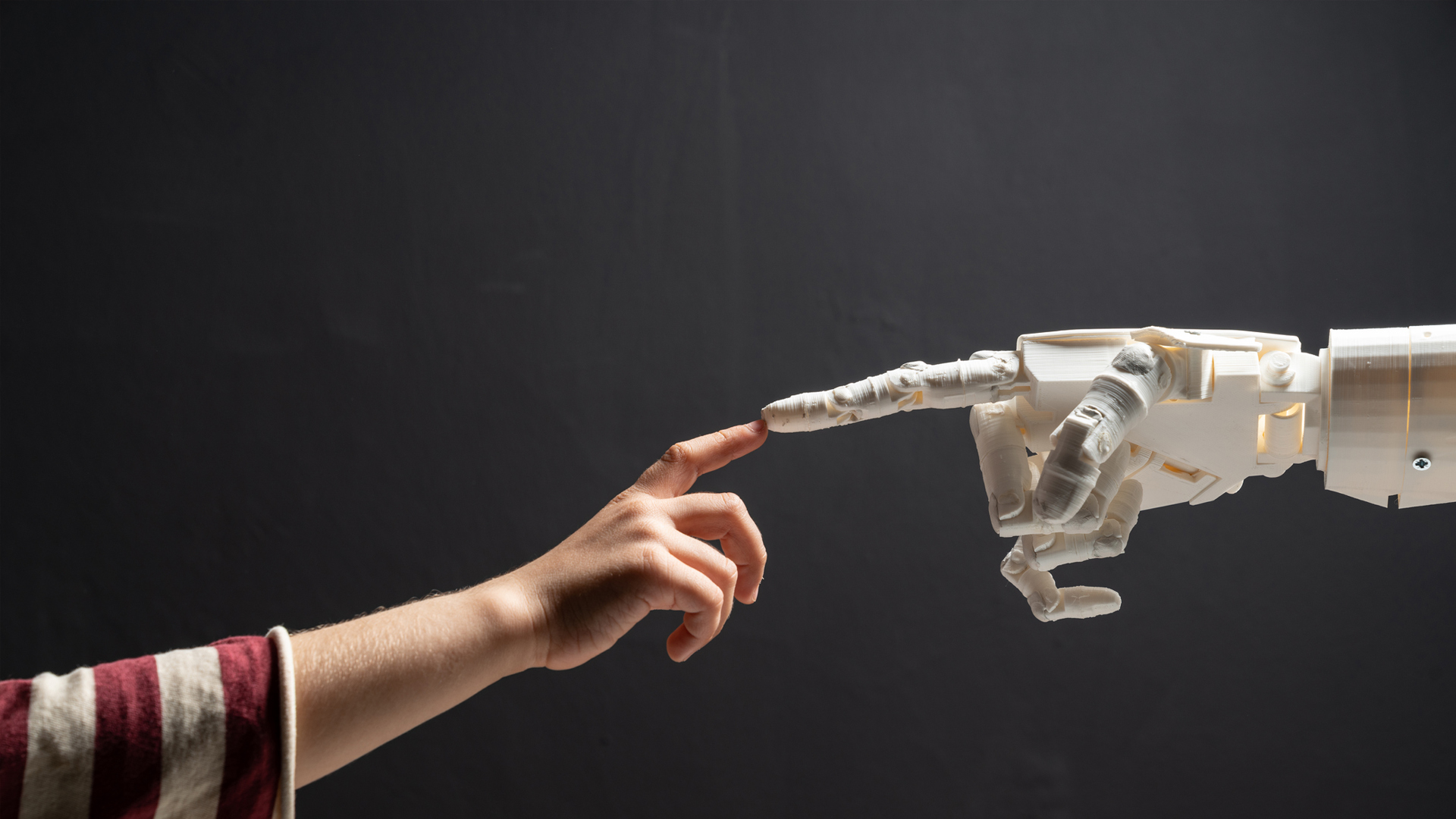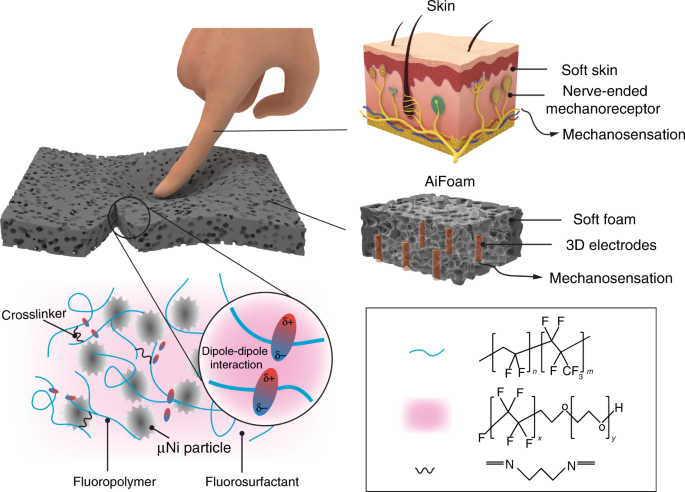
Researchers from Singapore have developed a smart foam material that allows robots to be better at sensing objects near them. Inspired by the human skin, the materials also let the robotic hand self-repair when it gets damaged. To replicate the human sense of touch, the researchers infused the material with microscopic metal particles and added tiny electrodes underneath the surface of the foam.
What is smart foam or AiFoam?

AiFoam or Artificially innervated foam is a highly elastic polymer material. It is a result of mixing fluoropolymer with a surface tension lowering substance. The material is spongy and fuses easily when cut.
“There are many applications for such a material, especially in robotics and prosthetic devices, where robots need to be a lot more intelligent when working around humans,” said Benjamin Tee, the lead researcher of the project from the National University of Singapore. He added that the material is the first of its kind to combine pressure sensing, self-repair, and proximity approximation. The team has been developing it for the last two years and hopes to use it practically in five year’s time.
Robotic hand and self-healing material
The scientists infused the material with microscopic metal particles. In addition, they added small electrodes under the foam’s surface. This allows the robotic arm to replicate the human sense of touch. So, when there is pressure, the metal particles in th polymer matrix get drawn close to each other. This changes their electrical properties and allows detection, this tells the robotic hand what to do. “When I move my finger near the sensor, you can see the sensor is measuring the changes of my electrical field and responds accordingly to my touch,” explained Tee.
Additionally, the feature can not only detect motion but also sense the amount and direction of the force applied. This technology can directly result in the development of more interactive and intelligent robots. “It can also allow prosthetic users to have more intuitive use of their robotic arms when grabbing objects,” he added. This technology can be a life-saver in pharmaceutical and physical therapy.
